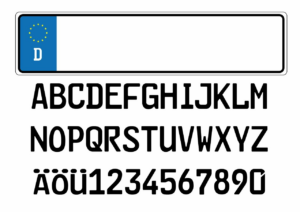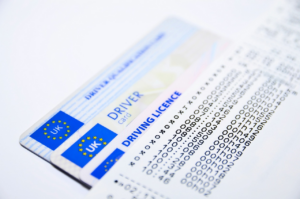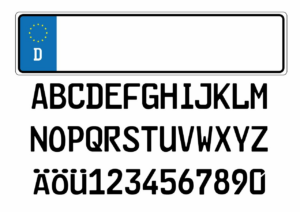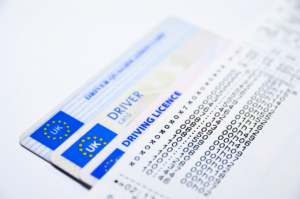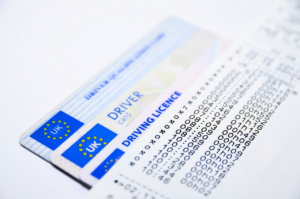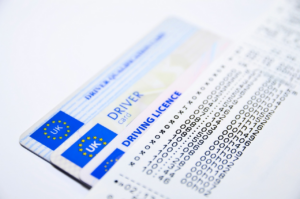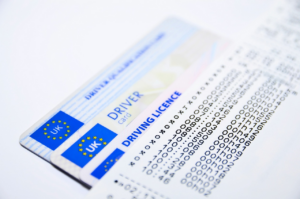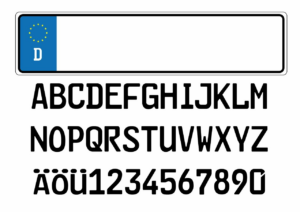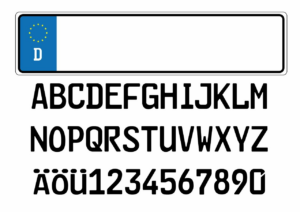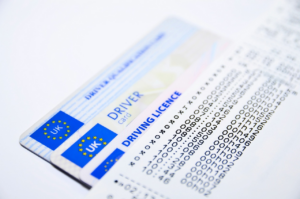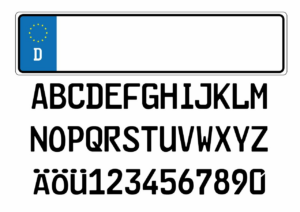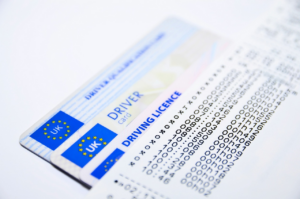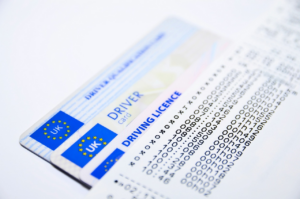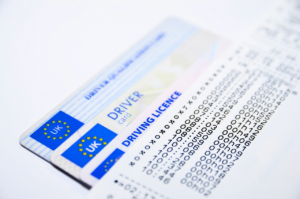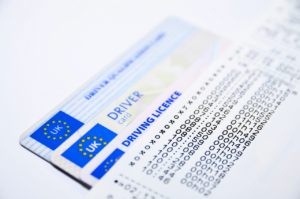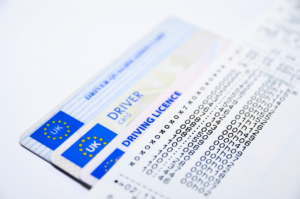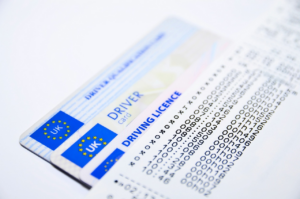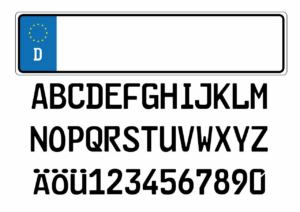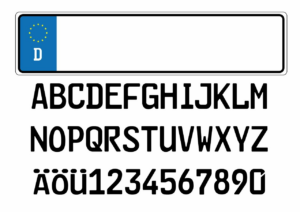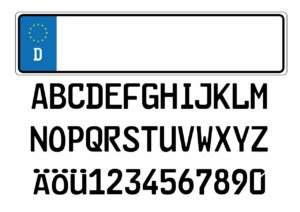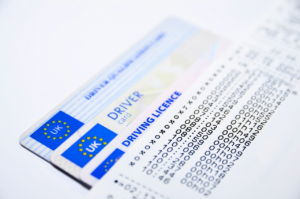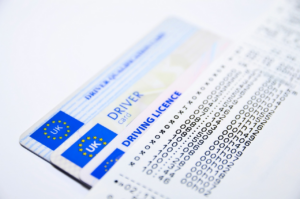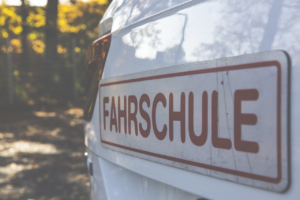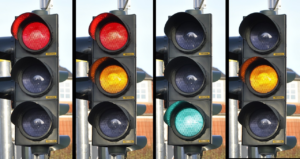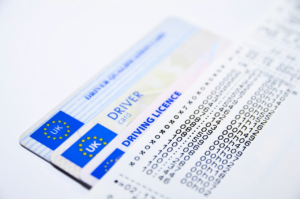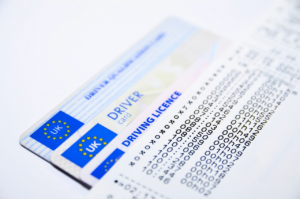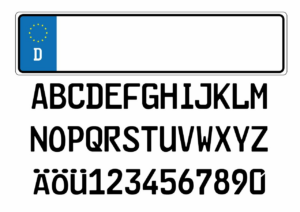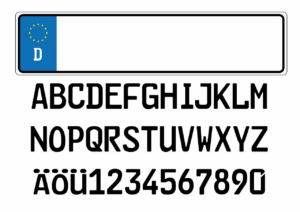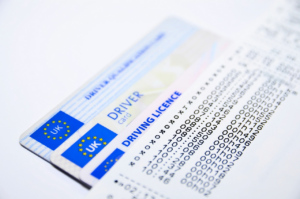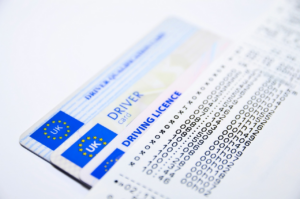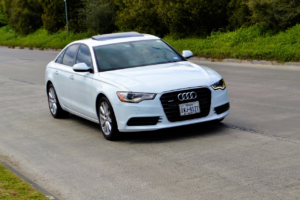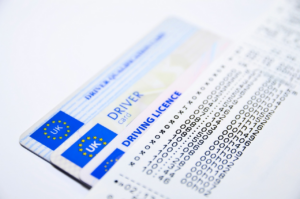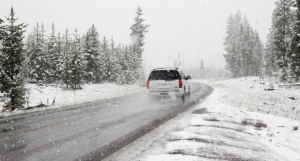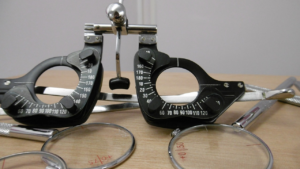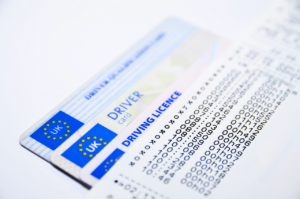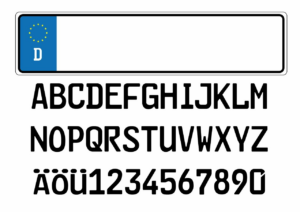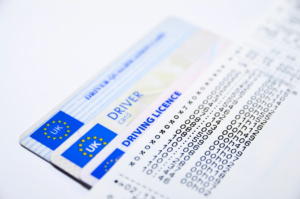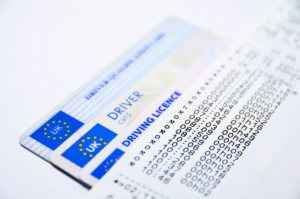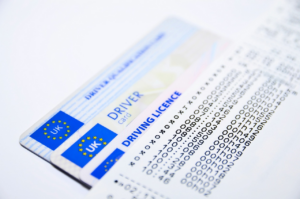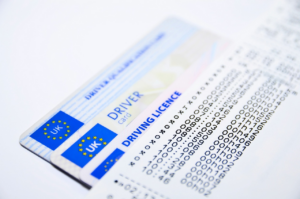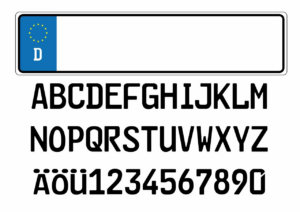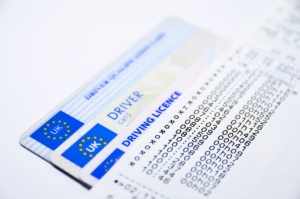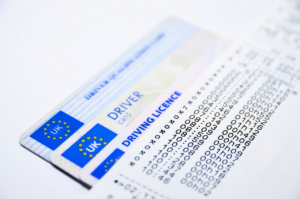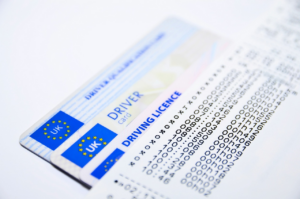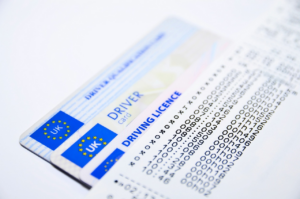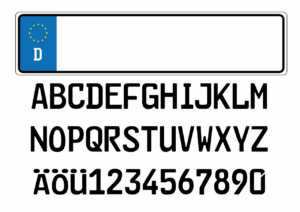Congratulations on taking the first step towards obtaining your Vermont driving license! Whether you are a new driver or a seasoned driver moving to Vermont, it is essential to understand the requirements and process of getting your license.
This guide will provide you with all the information you need to successfully navigate the application process, prepare for the written and driving tests, and maintain your license.
Obtaining your Vermont driving license can be an exciting and empowering experience, but it can also be overwhelming and confusing. With so many requirements and steps involved, it can be challenging to know where to start.
This guide is designed to simplify the process and help you feel confident and in control every step of the way. So, let’s dive in and explore the complete guide to obtaining your Vermont driving license!
Overview of Vermont Driving License Requirements
You’re probably wondering what you need to do to legally operate a vehicle in this state.
First, you must be at least 16 years old to obtain a Vermont driver’s license. If you’re under 18, you’ll need to complete a state-approved driver education course and hold a learner’s permit for at least one year before you can take the road test.
To apply for a driver’s license, you’ll need to provide proof of identity, residency, and legal presence in the United States. You’ll also need to pass a vision test, written test, and road test. Once you pass all of the required tests and pay the fee, you’ll receive your Vermont driver’s license.
Remember, driving is a privilege, not a right. So, it’s important to follow the rules of the road and drive safely for yourself and others.
Types of Vermont Driving Licenses
Take a look at the different types of licenses available in the Green Mountain State. There are four types of Vermont driving licenses: operator, junior operator, commercial driver’s license (CDL), and motorcycle license.
The operator license is the most common and allows you to drive a car or light truck. To obtain an operator license, you must be at least 16 years old, pass a vision test, a written test, and a driving test. The license is valid for four years and can be renewed online or in person at a Vermont DMV office.
The junior operator license is designed for drivers under the age of 18. It has specific restrictions, such as a curfew and a limit on the number of passengers in the car.
The CDL license is required for drivers who operate commercial vehicles, such as buses or trucks. It has a more rigorous testing process and requires additional endorsements for specific types of vehicles.
Finally, the motorcycle license allows you to operate a motorcycle or motor-driven cycle on Vermont roads. To obtain this license, you must pass a written test, a vision test, and a motorcycle skills test.
Make sure to choose the type of license that best fits your needs and driving experience.
Application Process
If you’re looking to apply for a Vermont driving license, there are a few key things you need to know about the application process.
First, you’ll need to gather all the required documents, which include proof of identity, residency, and legal presence in the US.
Next, you’ll need to pay the application fee, which can vary depending on the type of license you’re applying for.
Finally, you’ll need to decide whether you want to apply online or in-person at a DMV office.
Keep reading for a detailed breakdown of each step in the application process.
Required Documents
The necessary documentation must be presented in order to obtain your driving privileges in Vermont. You’ll need to have your Social Security card or a valid W-2 form to verify your identity and residency. If you’re not a US citizen, you’ll need to provide valid documentation that allows you to be in the country legally.
You’ll also need to provide proof of your Vermont residency, such as a utility bill or a lease agreement. Additionally, you’ll be required to pass a vision test and a written test before obtaining your license.
Once you have passed these tests and provided the necessary documentation, you’ll receive your Vermont driver’s license and be able to enjoy the freedom of the open road.
Application Fees
Don’t forget to pay the application fees to move on to the next step of the process.
The Vermont Department of Motor Vehicles charges a fee of $32 for a standard driver’s license. However, if you are under 18 years of age, you will have to pay an additional fee of $30 for the learner’s permit. Furthermore, there are additional fees for commercial driver’s licenses, motorcycle licenses, and endorsements.
You can visit the DMV website to find out more about the fees and the payment options available.
It’s important to note that the application fees are non-refundable, so make sure you have all the required documents and meet the eligibility criteria before you submit your application and pay the fees.
The DMV accepts cash, checks, money orders, and credit/debit cards, but there may be additional fees for using a credit or debit card.
Once you have paid the fees, you will receive a receipt which you should keep with you until you receive your license.
By paying the application fees on time, you can ensure that you are one step closer to getting your Vermont driver’s license.
Online and In-Person Application Options
You have two convenient options for applying for your driver’s license: online or in-person. If you prefer to complete the application process from the comfort of your own home, you can apply online through the Vermont Department of Motor Vehicles (DMV) website.
However, if you prefer a more hands-on approach, you can also apply in-person at a DMV office near you. If you choose to apply online, there are a few things you should keep in mind.
First, you’ll need to create an account on the DMV website and provide some personal information. Then, you’ll be guided through the application process, which will include uploading any required documents and paying the application fee.
On the other hand, if you choose to apply in-person, you’ll need to bring all required documents with you to the DMV office. Additionally, you’ll need to pass a vision test and a written test, and you’ll need to provide proof of identity and residency.
Overall, both options are convenient and straightforward, so it’s up to you to decide which one best suits your needs.
Written Test Preparation
Get ready for the written test by brushing up on your driving knowledge and taking practice tests. The written test is an important step in getting your Vermont driver’s license.
To pass the test, you should familiarize yourself with Vermont’s driving laws, rules, and regulations. You can find this information in the Vermont Driver’s Handbook, which is available online or in person at any Vermont DMV office. The handbook covers topics such as traffic signals, road signs, and safe driving practices.
Taking practice tests is also a great way to prepare for the written test. The Vermont DMV offers practice tests on their website, which you can take as many times as you need to feel confident in your knowledge of the material. Additionally, you can find practice tests online from other sources.
Make sure to review any questions you get wrong and understand why you missed them. With some preparation and practice, you can feel confident and in control when taking the written test for your Vermont driver’s license.
Driving Test Preparation
To prepare for your driving test, you should focus on three key points: practice driving requirements, test format and content, and passing score.
Practicing your driving skills is essential, as you’ll need to demonstrate your ability to safely operate a vehicle.
The test format and content will also play a significant role in your success, so it’s important to familiarize yourself with the types of questions and tasks you’ll encounter.
And finally, you’ll need to achieve a passing score to earn your license, so make sure you’re prepared to meet the requirements.
Practice Driving Requirements
Now that you’ve got your permit, it’s time to make sure you’re meeting all the practice driving requirements.
In Vermont, you must complete at least 40 hours of supervised driving, with 10 of those hours being completed at night. It’s important to keep track of your hours and make sure you’re meeting this requirement before taking your driving test.
You’ll also need to make sure you have a licensed driver over the age of 25 in the car with you at all times while practicing. This person should be attentive and able to give you feedback on your driving skills.
As you gain more experience, you can gradually increase the difficulty of your driving practice, such as driving in different weather conditions or on highways. Remember, the more practice you get, the better prepared you’ll be for your driving test.
Test Format and Content
You’re about to learn all about what to expect on the driving test, so buckle up and get ready to ace it!
The Vermont driving test consists of two parts: a written test and a road test. The written test covers topics such as road signs, traffic laws, and safe driving practices. You must answer at least 80% of the questions correctly to pass the written test.
The road test evaluates your ability to safely operate a vehicle in real-world driving situations. You will be tested on your ability to follow traffic laws, make safe lane changes, and navigate through intersections. The examiner will also evaluate your ability to parallel park and perform a three-point turn.
Make sure you come prepared with a vehicle that is in good condition and properly insured. By understanding the format and content of the driving test, you can feel confident and prepared on test day.
Passing Score
Don’t let a low passing score on the test crush your dreams of hitting the open road with a newfound sense of freedom. The passing score for the Vermont driver’s license test is 80%, which means you need to answer at least 20 out of 25 questions correctly. While this may seem daunting, with proper preparation and practice, you can increase your chances of passing the test on your first try.
Here are some tips to help you achieve that passing score:
- Study the Vermont Driver’s Manual thoroughly.
- Take practice tests online or through the Vermont DMV website.
- Familiarize yourself with Vermont traffic laws and road signs.
- Get a good night’s sleep before the test and arrive early to reduce test anxiety.
Remember, you can retake the test if you don’t pass the first time, but it’s best to prepare well and aim for a passing score on your first attempt.
Special Circumstances
If you encounter unique situations while obtaining your driver’s license, such as medical conditions or disabilities, it’s important to inform the DMV and discuss any necessary accommodations.
Vermont DMV offers special accommodations for drivers with medical conditions or disabilities. If you have a disability that requires special equipment to operate a vehicle, such as hand controls or a wheelchair lift, you can request assistance from the DMV. They’ll provide you with a list of approved vendors who install these devices and help you obtain the necessary permits to operate your vehicle.
If you have a medical condition that may affect your ability to drive safely, such as epilepsy or diabetes, you’ll need to provide the DMV with a medical report from your healthcare provider. The report should describe your condition and any necessary treatment, as well as provide information on your ability to drive safely. Based on this report, the DMV may require you to take additional tests or assessments to ensure that you’re able to drive safely.
It’s important to be honest and upfront with the DMV about any medical conditions or disabilities you may have, as this’ll help ensure that you’re able to obtain your driver’s license safely and legally.
License Renewal and Maintenance
To keep yourself and others safe on the road, it’s crucial that you stay up-to-date on the renewal and maintenance of your driver’s license.
In Vermont, driver’s licenses are valid for 4 years and must be renewed before the expiration date. You can renew your license up to 6 months before it expires, and it’s recommended that you do so to avoid any last-minute rush.
Renewing your license in Vermont is a simple process that can be done online or in person at a DMV office. In addition to renewing your license, you’ll also need to pass a vision test and pay a fee.
It’s important to note that if your license has been expired for more than 1 year, you’ll need to retake the written and driving tests. Maintaining your license also means keeping your personal information up-to-date with the DMV, such as your current address and phone number.
By staying on top of these tasks, you can ensure that you’re always legally able to operate a vehicle and keep yourself and others safe on the road.
Additional Resources
If you’re looking for additional resources to help you prepare for your Vermont driving license, there are several options available to you.
The Vermont DMV website is a great place to start, where you can find information on license requirements, renewal procedures, and more. You can also download the Driver’s Handbook, take Online Practice Tests, or sign up for Driver Education Programs to improve your driving skills and knowledge.
Vermont DMV Website
The DMV website is the go-to place for all the information you need to obtain your driver’s license in Vermont. It provides a comprehensive guide on the requirements, fees, and procedures for getting a license.
You can also find information on the different types of licenses available, such as commercial and motorcycle licenses. The website also offers online services, such as scheduling appointments, renewing licenses, and ordering driving records. This makes the process more convenient and efficient for you.
Additionally, the website has a section for frequently asked questions, which can help you find answers to common inquiries. With the Vermont DMV website, you have all the resources you need to take control of your driving journey.
Driver’s Handbook
Now that you’ve familiarized yourself with the Vermont DMV website, it’s time to dive into the driver’s handbook.
This handbook is an essential tool for anyone looking to obtain a Vermont driving license. The driver’s handbook covers everything from road signs to driving laws specific to Vermont. It also includes information on safe driving practices and what to do in case of an accident.
The handbook is designed to help you become a safe and responsible driver, and it should be read thoroughly before taking the written test. So, take control of your driving education and make sure to read the Vermont driver’s handbook from cover to cover.
Online Practice Tests
Get ready to test your driving knowledge with online practice tests that will transport you to the driver’s seat and challenge you to make split-second decisions on the road. These tests are designed to help you prepare for the written knowledge exam required to obtain your Vermont driver’s license.
The online practice tests are accessible through the DMV website, and they cover a range of topics, including road signs, traffic laws, and safe driving practices.
Here are some of the benefits of taking online practice tests:
- You can take the tests from the comfort of your own home, at any time that’s convenient for you.
- The tests are designed to mimic the format and content of the real exam, so you’ll get a good sense of what to expect on test day.
- You’ll receive immediate feedback on your answers, which will help you identify areas where you need to improve.
Driver Education Programs
Immerse yourself in the world of safe and responsible driving by enrolling in a driver education program in Vermont. This program equips you with the skills and knowledge needed to navigate the roads with confidence.
It’s mandatory for all new drivers under the age of 18 to complete this program before obtaining their driver’s license. However, it’s highly recommended for all new drivers, regardless of age, to take advantage of this program.
The driver education program covers a variety of topics, including Vermont traffic laws, road signs, driving techniques, and defensive driving strategies. The program also includes hands-on driving practice with a certified driving instructor.
By the end of the program, you’ll have gained valuable knowledge and experience that will help you become a safe and responsible driver on Vermont roads. So why not take control of your driving journey and enroll in a driver education program today?
Frequently Asked Questions
What should I do if I lose my Vermont driving license?
If you’ve lost your Vermont driving license, don’t panic! The first step is to report the loss to the Vermont Department of Motor Vehicles (DMV) as soon as possible. You can do this online, by phone, or in person at a DMV office.
Once you’ve reported the loss, you can apply for a replacement license. You’ll need to provide identification and pay a fee. It’s important to remember that driving without a valid license can result in fines and penalties, so be sure to take care of this promptly.
With the right steps, getting a replacement license can be a straightforward process.
Can I renew my Vermont driving license online?
You can renew your Vermont driving license online if you meet certain criteria. To be eligible, your license must be valid or expired less than a year ago. You must also have a Social Security number on file with the Vermont DMV, and you must not have any outstanding fines or judgments with the DMV.
Renewing online is a convenient option that allows you to avoid waiting in line at the DMV. To renew online, visit the Vermont DMV website and follow the instructions. You’ll need to provide your current license number, your Social Security number, and payment for the renewal fee.
Once your renewal is processed, your new license will be mailed to you within 10 business days.
What is the minimum age to obtain a Vermont driving license?
If you’re wondering what the minimum age is for obtaining a Vermont driving license, you’ll be pleased to know that it’s 16 years old.
However, there are some requirements that need to be met before you can apply. Firstly, you’ll need to complete a driver education course, which includes both classroom and behind-the-wheel training.
You’ll also need to pass a written test and a driving test, which will test your knowledge and skills on the road. Once you’ve completed all these steps, you’ll be issued with a Vermont driving license, which will allow you to drive legally in the state.
Is there a grace period for renewing an expired Vermont driving license?
If your Vermont driver’s license has expired, you have a grace period of 60 days to renew it without having to retake the written and driving tests.
However, if you wait longer than 60 days, you will need to take both tests again.
It’s important to note that you can’t legally drive with an expired license, and if you’re caught, you could face fines and other penalties.
To avoid this, make sure to renew your license before the expiration date.
You can renew your license online, by mail, or in person at a DMV office.
Keep in mind that you’ll need to provide proof of identity and residency, as well as pay a renewal fee.
Can I transfer my out-of-state driving license to Vermont?
Looking to transfer your out-of-state driving license to Vermont? Good news – it’s a relatively simple process!
First, you’ll need to provide proof of your identity, residency, and legal presence in the United States. You’ll also need to pass a vision test and provide a copy of your driving record. If you’re under 18, you’ll need to provide proof of completion of a driver education course.
Once you’ve gathered all the necessary documentation, head to your local DMV office to complete the transfer process. Just be aware that Vermont doesn’t have reciprocity agreements with all states, so you may need to take a written or driving test depending on where your current license is from.
Conclusion
Congratulations! You’ve completed the comprehensive guide to obtaining your Vermont driving license.
By following the outlined requirements and application process, you’re well on your way to becoming a licensed driver in the state of Vermont.
Remember to prepare for the written and driving tests through studying the Vermont Driver’s Handbook and practicing with a licensed driver.
In addition, be aware of special circumstances such as age requirements, medical conditions, and out-of-state licenses.
Finally, don’t forget to renew your license and keep it up to date with any necessary changes.
If you have any questions or need further assistance, be sure to utilize the additional resources provided.
Safe driving!





